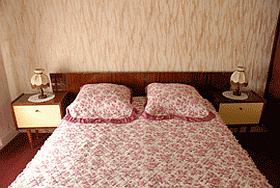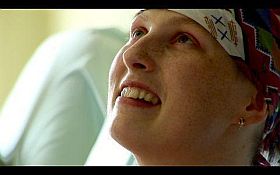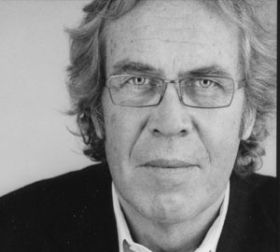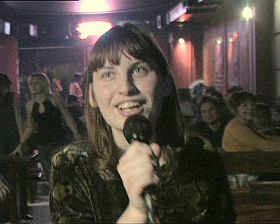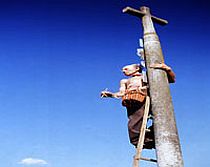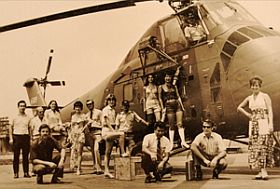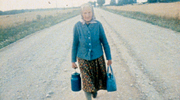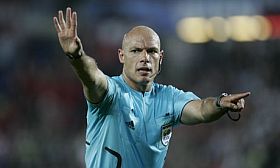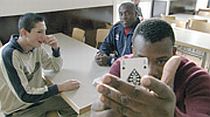This is the start: A monkey looking into your eyes, an orangutan’s gaze into the camera. At US, those who are outside the glass. Or just looking into nothing. No sound, or very soft sound from the streets around the Parisian Jardin des Plantes, that has been the home of Nénette, since she was 3 years old. She is now 40, an usual high age for an orangutan. Alone she is, having survived three marriages. They all died, the males. She has children around her, and she gets pills so no incest happens. Because what do we actually know about monkeys and their behaviours, what they think, how they behave, if they are as sad as they look or if this is just something that we on the outside of the glass project into them as we are in need of these emotions?
Nicolas Philibert, master of documentary, celebrated on this site many times, has made this 55 minutes long documentary that never leaves Nénette and uses a voice-off very intelligently. Spontaneous comments from children vary with those from couples, and with thoughtful reflections from so-called experts, anthropologists and from a man who as been working in the Jardin des Plantes for 35 years. Music and a song to the orangutans.
Do you think Nénette understands where she is and who we are, she who has spent her life doing nothing as it is said!
I saw the film on a small computer screen, I look forward to the big screen but I can see that Philibert again has made something special with his fine humanistic, non-intellectual approach to Film and Life. Nénette was looking at him behind the camera, as if the camera was not there, an old wise creature she seems to be and you can’t help feel sorry for her at the same time as you are grateful to have met her. And for a film that brings you in an almost meditative mood.
Nénette, France, 2009, 55 mins.
www.doclisboa.org



